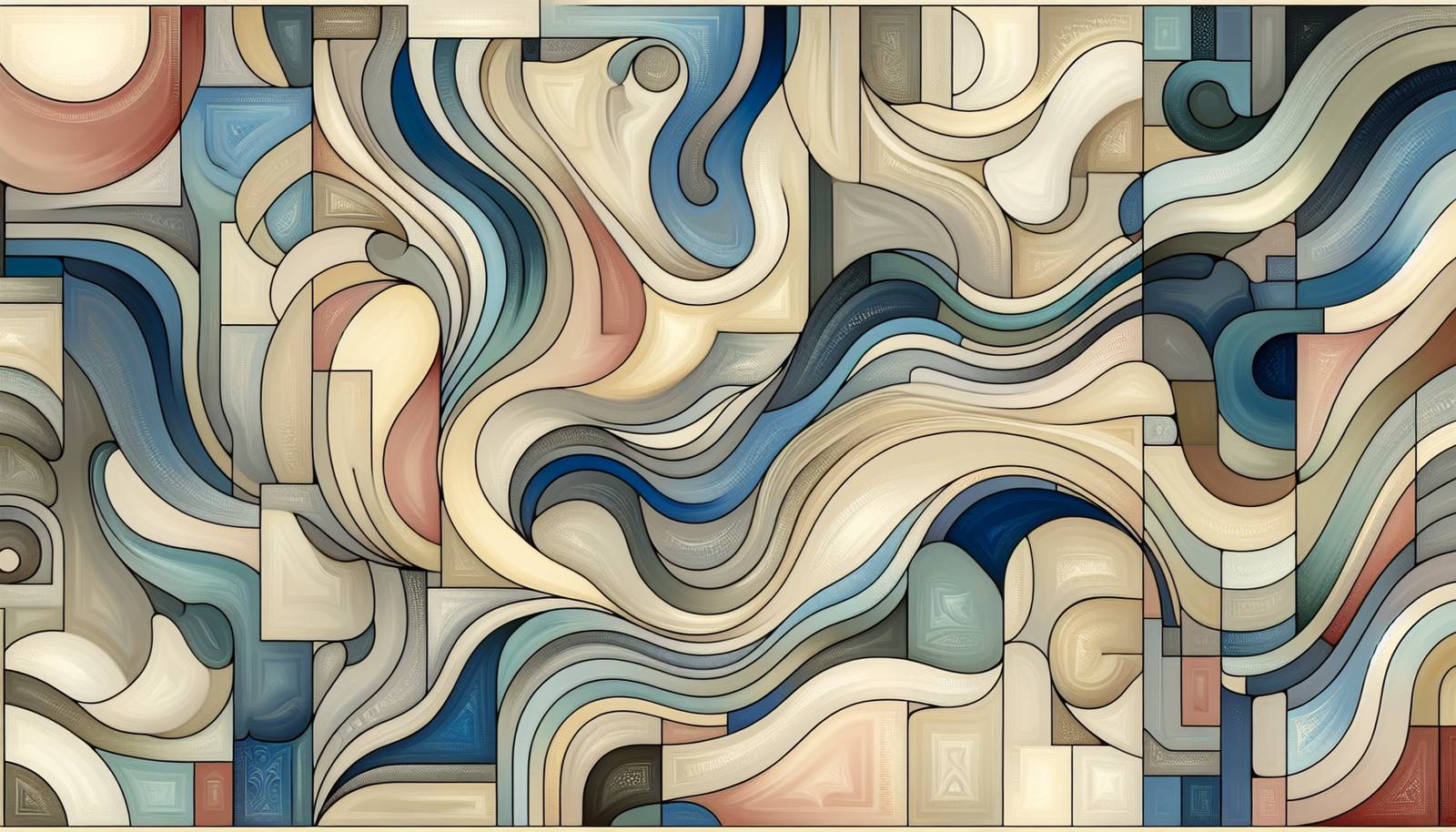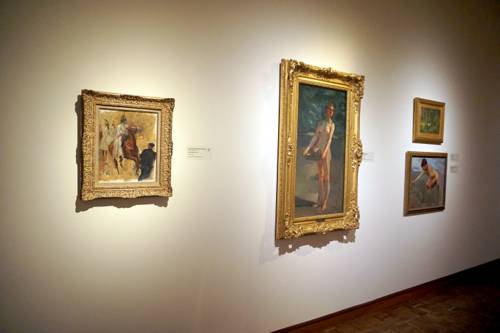
FAQ About The Role of Cultural Influencers in Modern Art Movements

What is a cultural influencer in the context of modern art?
A cultural influencer in the context of modern art is an individual, often with a significant following on social media, who actively promotes and shapes art trends. These influencers can be artists, critics, curators, or simply art enthusiasts who engage with the art community online. They impact the way art is perceived, consumed, and appreciated by sharing artworks, reviewing exhibitions, and discussing art-related topics, thus playing a crucial role in shaping modern art movements.

How do cultural influencers affect modern art movements?
Cultural influencers affect modern art movements by determining which art styles and artists gain visibility and popularity. Through their platforms, they expose their audiences to different artworks and ideas, often highlighting emerging talents or new art forms. This can lead to increased interest and support for certain movements or artists, influencing trends in galleries, exhibitions, and art sales. Influencers also encourage dialogue and critique, which can further refine and define modern art movements.

Can you give examples of social media platforms where cultural influencers in art are active?
Cultural influencers in art are particularly active on social media platforms such as Instagram, TikTok, and Twitter. Instagram is popular due to its visual focus, enabling artists and influencers to share high-quality images of artworks. TikTok is known for its creative video content and art challenges, which reach younger audiences. Twitter is used for discussions and sharing art-related news and opinions. These platforms help influencers reach large audiences and collaborate with other artists and influencers.

Why are cultural influencers important in the art world today?
Cultural influencers are important in the art world today because they democratize the access to art and art discussions. They break traditional barriers that might limit art appreciation to galleries and exclusive art circles, bringing art directly to people’s digital spaces. This allows for a more diverse range of voices and perspectives to be heard, which can lead to innovation and growth within the art community. Their influence can also support emerging artists in gaining recognition and success.

In what ways do influencers help in the dissemination of art?
Influencers help in the dissemination of art by using their platforms to widely share art content. This includes posting images or videos of artworks, discussing art techniques, participating in art challenges, and hosting live sessions with artists. They often collaborate with galleries and museums to promote exhibitions and provide their followers with exclusive insights. Their engagement can introduce new audiences to art, making it more accessible and encouraging wider participation in art appreciation.

Do cultural influencers create art themselves?
Some cultural influencers are artists who create and share their own work, while others may not create art themselves but focus on curating and promoting the works of others. Artist-influencers often document their creative process, offering insights into their techniques and inspirations, which can foster a deeper appreciation among their followers. Those who do not create art may have backgrounds in art history or criticism, providing valuable reviews and discussions for their audience.

What impact do cultural influencers have on emerging artists?
Cultural influencers can significantly impact emerging artists by providing them with exposure to larger audiences. When influencers feature or collaborate with emerging artists, it can lead to increased visibility, potentially attracting galleries, collectors, and other opportunities. This exposure can be a pivotal factor in an emerging artist's career, providing the momentum needed to gain recognition and establish a presence in the art world.

Are there any criticisms of cultural influencers in the art world?
Criticisms of cultural influencers in the art world include concerns about commercialization and the superficiality of art promotion on social media. Some argue that influencers might prioritize trends over artistic integrity, leading to a focus on what is popular rather than what is artistically significant. Others worry about the gatekeeping effect where only influencers with large followings can significantly impact the art scene, potentially overshadowing less mainstream but equally important art perspectives.

Can cultural influencers help preserve traditional art forms?
Yes, cultural influencers can help preserve traditional art forms by using their platforms to educate and share these forms with broader audiences. They may highlight traditional techniques or showcase art forms that might otherwise be overlooked. By raising awareness and appreciation for these arts, influencers can inspire their followers to explore and support traditional art, potentially leading to increased interest and preservation efforts.

How do cultural influencers collaborate with artists and art institutions?
Cultural influencers collaborate with artists and art institutions in various ways, such as hosting joint events, participating in art challenges, or featuring one another's content. Museums and galleries may invite influencers to exclusive previews and exhibitions, where they can create content to share with their audiences. Such collaborations often provide mutual benefits, increasing visibility for both the influencers and the art institutions involved.

What role do cultural influencers play in art marketing?
In art marketing, cultural influencers play the role of intermediaries who bridge the gap between artists, galleries, and potential buyers. They use their reach to create buzz around new art pieces, exhibitions, and artists, often by providing personal reviews and recommendations. This can drive traffic to exhibits and increase sales by making art more relatable and attractive to followers who trust the influencer's opinions.

How have cultural influencers changed the traditional art critique?
Cultural influencers have disrupted traditional art critique by making it more accessible and informal. Instead of relying solely on professional critics and academic writing, audiences can now engage with art through diverse voices and perspectives shared by influencers. This shift allows for a broader discussion that includes personal opinions and experiences, making art critique more interactive and engaging for a wider audience.

Is there a downside to art movements being influenced by social media trends?
One downside to art movements being influenced by social media trends is the risk of superficiality, where art is created to fit the trending aesthetic rather than being driven by deeper creative or conceptual motivations. The fast-paced nature of trends can also make it challenging for artists to remain consistently relevant without compromising their artistic vision. Moreover, the overemphasis on visual appeal for platform algorithms might limit the diversity of art styles that receive attention.

Are cultural influencers considered part of the art community?
Cultural influencers are increasingly considered part of the art community due to their role in shaping public discourse around art. They are recognized for their ability to connect artists with audiences and contribute to the visibility of contemporary art forms. While some traditionalists may question their influence, many in the art world acknowledge the valuable impact influencers have in fostering a connected and informed art community.

How do cultural influencers balance popularity and artistic quality?
Balancing popularity and artistic quality can be a challenge for cultural influencers. They often strive to remain authentic and insightful while engaging with trends that attract followers. Many succeed by providing a mix of content—popular trends that showcase their taste and deeper, more niche artistic pieces that reflect their personal interests and expertise. This approach helps them maintain credibility while reaching diverse audiences.

What are some examples of art movements influenced by social media?
Art movements such as street art, meme art, and digital art have been significantly influenced by social media. Platforms like Instagram and TikTok have popularized street artists who often share their mural work and urban installations directly with followers. Meme art has evolved into a form of contemporary expression, reshaping classic artworks with humor and social commentary. Digital art, enabled by new tools and technology, thrives on social media, where it reaches worldwide audiences quickly.

How does the portrayal of art on social media differ from traditional media?
The portrayal of art on social media tends to be more immediate, interactive, and visually driven compared to traditional media. Social media allows for real-time sharing and feedback, creating dynamic discussions and connections between artists and audiences. Unlike traditional media, which might prioritize polished, formal presentations, social media showcases a more personal and diverse range of artworks, including process videos and live-streamed events.

Are any art movements resistant to social media influence?
Some art movements, particularly those that emphasize slow, deliberate creation processes like slow art or minimalism, may resist the fast-paced, visually driven nature of social media. These movements focus on deep reflection and personal interaction with art, which can be at odds with the instant gratification culture prevalent on social media. However, even these movements find creative ways to use social platforms to engage with their audiences meaningfully, albeit in a more understated manner.

How do cultural influencers use their background in art to influence others?
Cultural influencers with backgrounds in art—such as formal education, professional experience, or personal practice—leverage this expertise to offer informed insights and critiques that resonate with their audiences. They often share educational content, tutorials, or nuanced discussions about art techniques and history, which fosters a deeper appreciation among followers. By embedding their knowledge into their content, they gain credibility and influence while inspiring a more informed art discourse.

What future trends might we see in the relationship between cultural influencers and modern art?
Future trends in the relationship between cultural influencers and modern art might include increased integration of technology, such as augmented reality experiences and virtual galleries, creating more immersive art interactions. We may also see a rise in niche influencers who specialize in lesser-known art movements, bringing diversity to the forefront. Additionally, influencers could become more involved in art creation, collaborating directly with artists to generate innovative and interactive art experiences.
